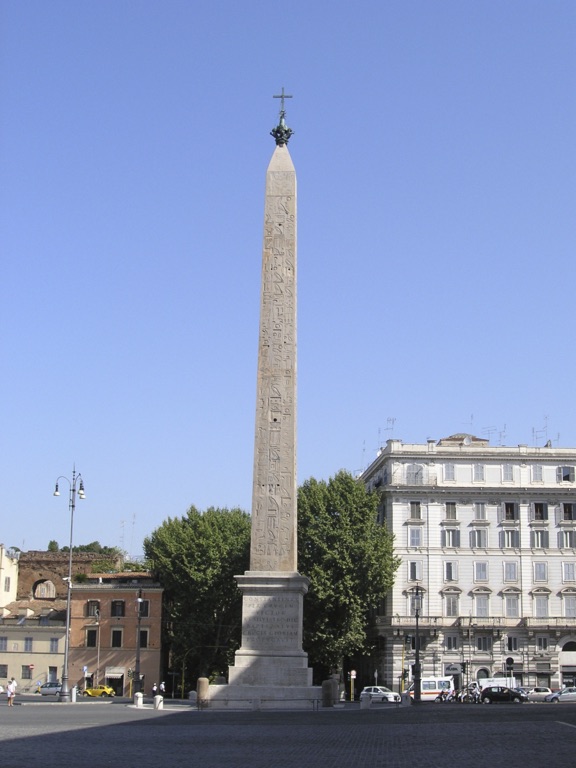The Lateran Obelisk is a monumental structure with a rich history that dates back to the ancient Egyptian civilization. Originally erected by Pharaoh Thutmose III in the 15th century BC, it is the largest standing ancient Egyptian obelisk in the world, and it has also been the longest standing. The obelisk was moved to Rome in the 4th century AD by the Roman Emperor Constantius II, and it has stood in the Piazza San Giovanni in Laterano since then. This monolithic structure, with its inscriptions and symbols, provides a fascinating glimpse into the past, revealing insights about the era and culture in which it was created.
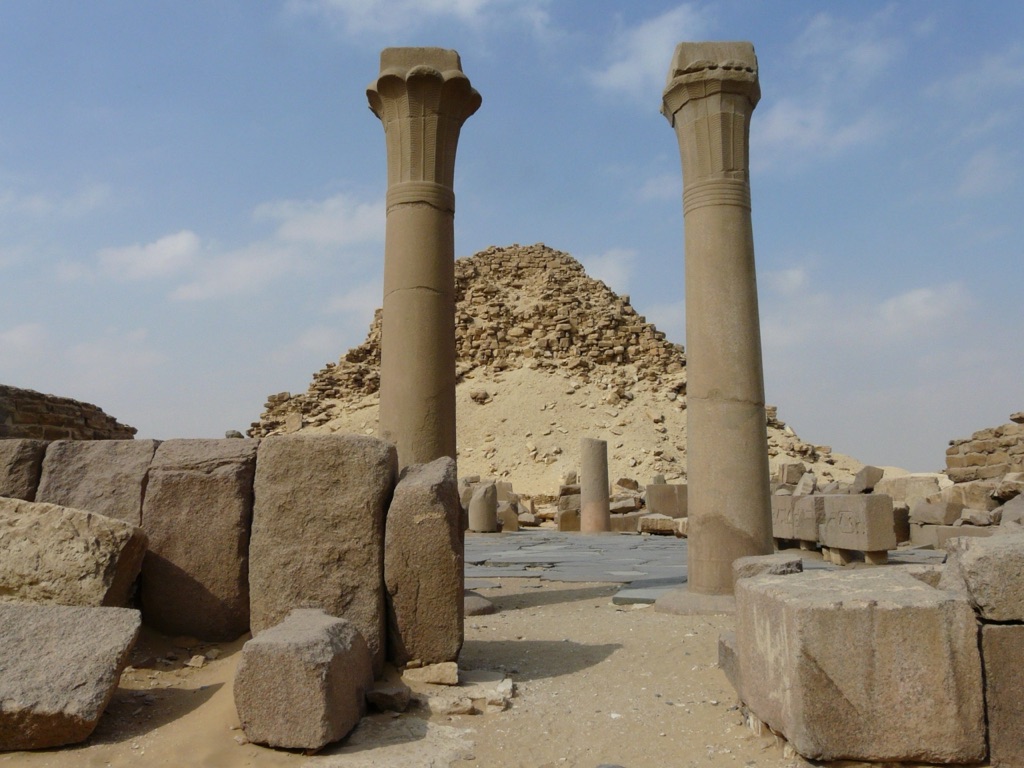
Pyramid of Sahure
The Pyramid of Sahure is an ancient Egyptian architectural marvel, built during the reign of Pharaoh Sahure, the second king of the Fifth Dynasty. The pyramid complex is located in the necropolis of Abusir, near Cairo, and is known for its unique design and the abundance of inscriptions and reliefs. It is considered one of the most significant pyramids from the Old Kingdom period, offering valuable insights into the religious, political, and cultural aspects of the time.
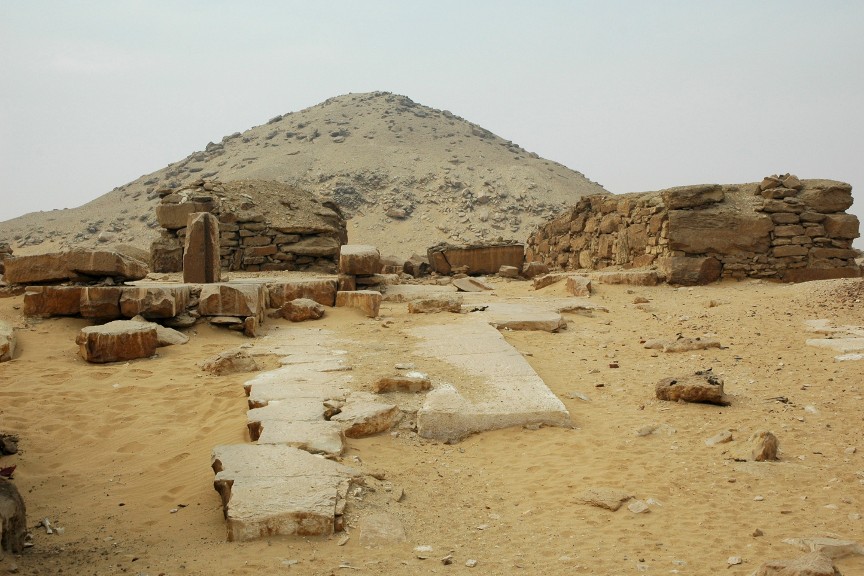
Pyramid of Djedkare Isesi
The Pyramid of Djedkare Isesi is a late 25th to mid 24th century BC pyramid complex built for the Fifth Dynasty pharaoh Djedkare Isesi. This ancient structure, located in Saqqara, Egypt, is the final resting place of the pharaoh and is an important symbol of his reign. The pyramid is a significant monument of the Old Kingdom period and provides valuable insights into the religious, political, and architectural practices of the time.
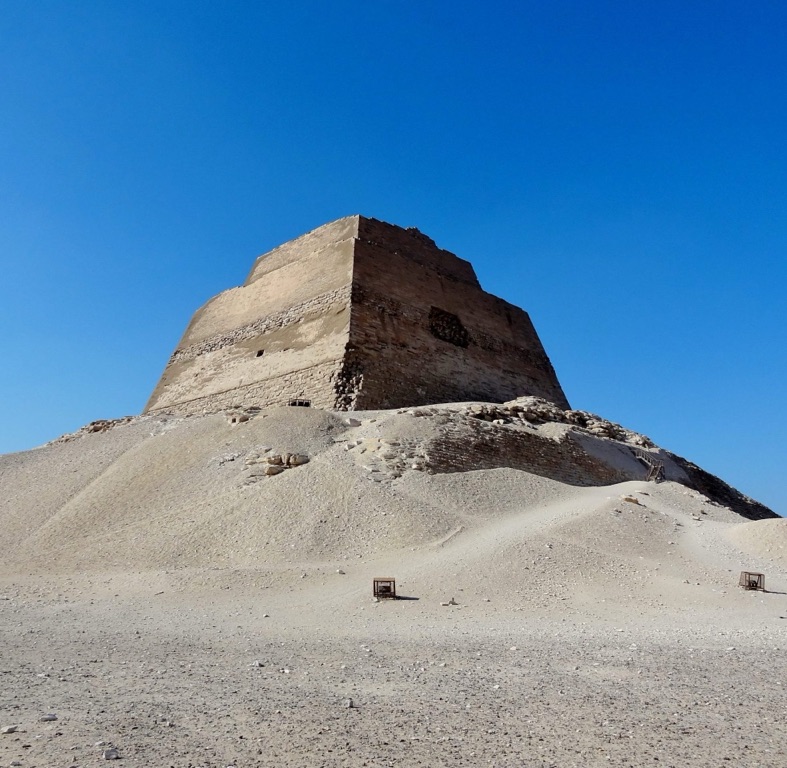
Meidum pyramid
The Meidum Pyramid, also known as the collapsed pyramid, is an ancient structure located in the desert on the edge of the Nile valley, approximately 100 kilometers south of Cairo, Egypt. Believed to have been built during the reign of Pharaoh Sneferu, the pyramid is notable for its unique structure and the fact that it partially collapsed in antiquity. The pyramid’s design and the changes it underwent during its construction provide significant insights into the evolution of pyramid building in ancient Egypt.

Pyramid of Senusret II (El Lahun Pyramid)
The Pyramid of Senusret II, also known as the El Lahun Pyramid, is a significant archaeological site located in the Faiyum region of Egypt. Constructed during the 12th Dynasty for Pharaoh Senusret II, this pyramid is unique due to its distinctive architectural design and the valuable artifacts discovered within. It serves as a rich source of information about the Middle Kingdom period of ancient Egypt and the reign of Pharaoh Senusret II.
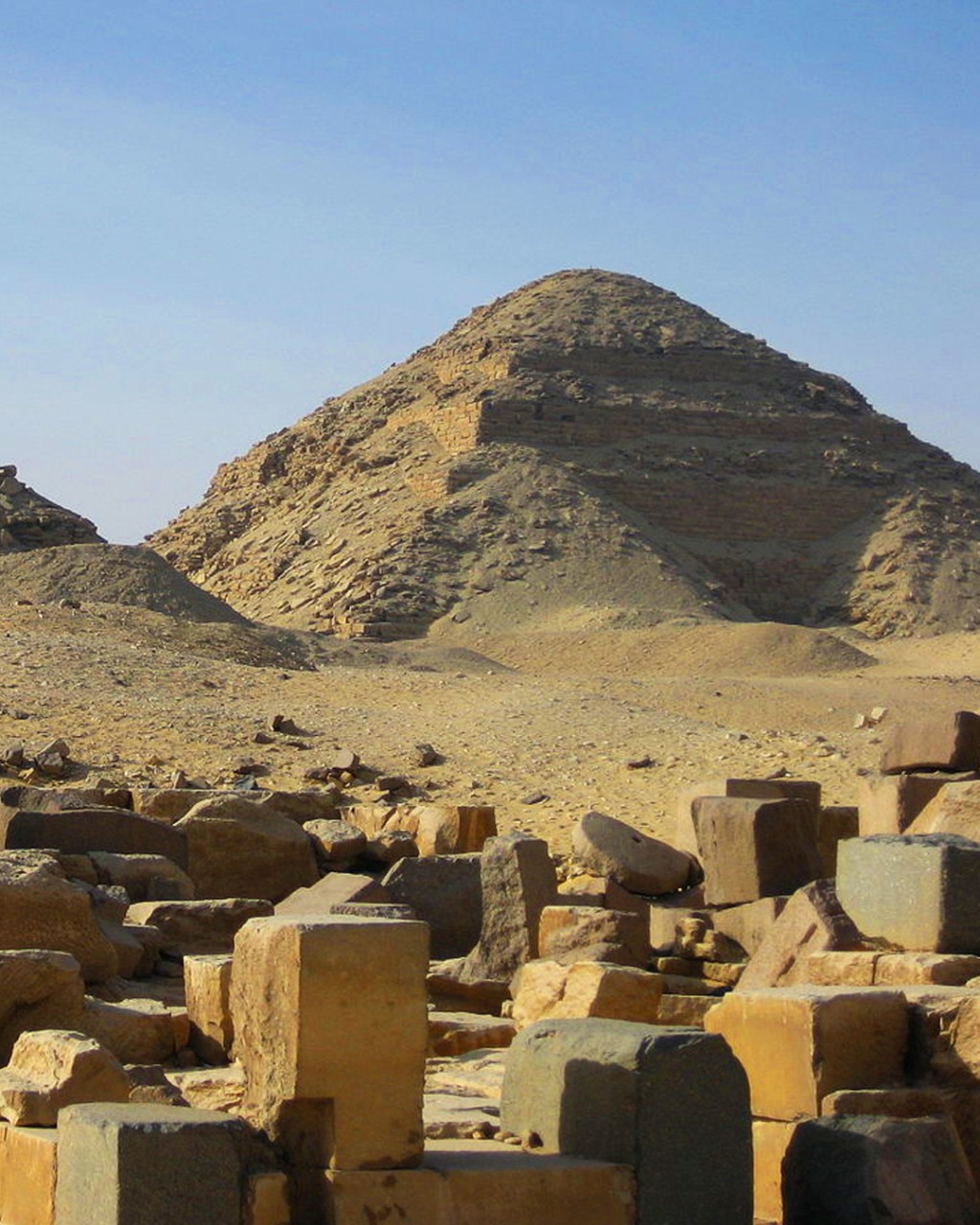
Pyramid of Neferirkare
The Pyramid of Neferirkare is a significant historical monument located in Egypt. Built during the 5th Dynasty of the Old Kingdom, it is the second-largest pyramid in the ancient site of Abusir, south of Cairo. The pyramid was initially designed as a step pyramid, which was then converted into a true pyramid. Its original height was around 72 meters. It was constructed for Pharaoh Neferirkare Kakai, the third king of the 5th Dynasty. The pyramid complex included a mortuary temple, a causeway, a valley temple, and multiple mastabas for the royal family and nobles.

